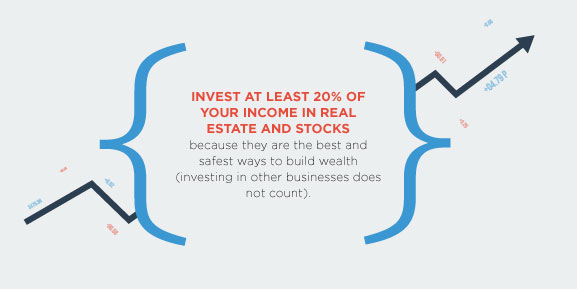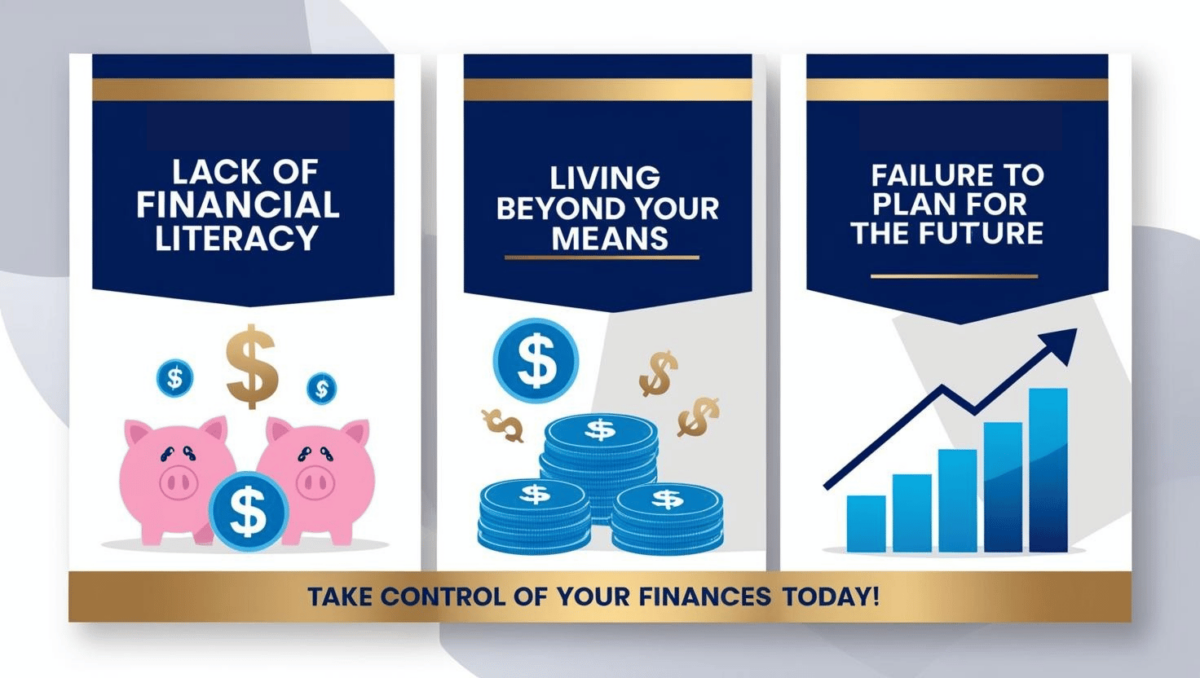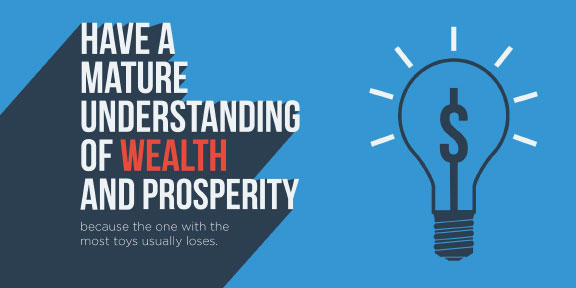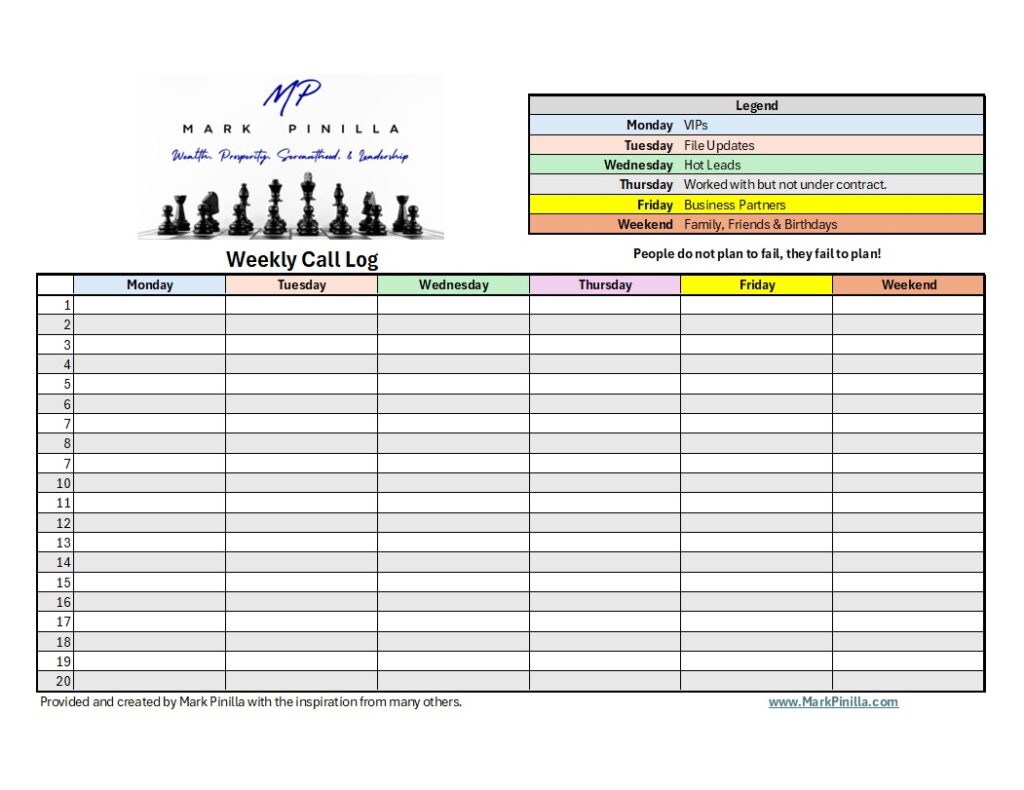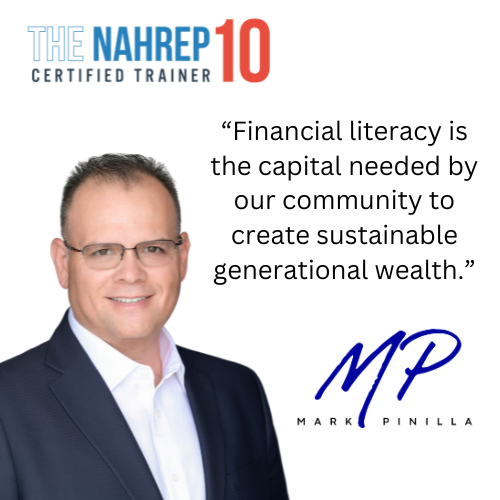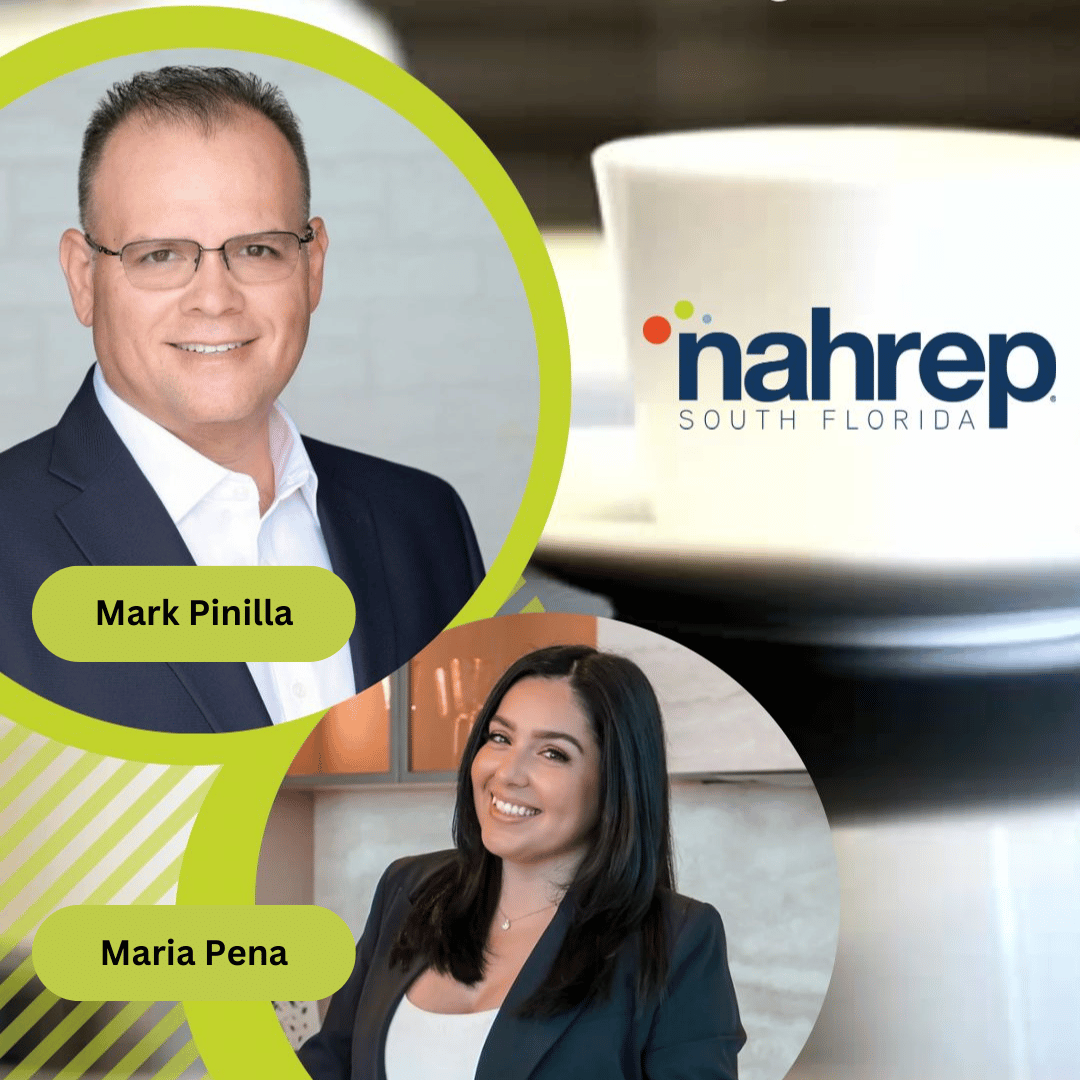What’s standing between you and your financial freedom? For many, it’s a three-digit number: your credit score. But the good news? You have the power to change it and boost your credit score.
Improving your credit score isn’t just about better loan terms or lower interest rates—it’s about building confidence and opening doors to new financial opportunities. Let’s explore how real strategies, smart decisions, and the right mindset can transform your financial path.
How Maria Turned Her Credit Around
Maria, a driven marketing professional, found herself stuck with a credit score of 620. The weight of a high credit card balance and a Home Equity Line of Credit (HELOC) was holding her back. Sound familiar?
Her Challenges:
- High Credit Utilization: Credit cards nearing their limit were keeping her score low.
- Complex Debt Mix: Managing both a credit card and a HELOC added financial strain.
What She Did:
- Tackled Credit Card Debt First: Knowing that reducing credit utilization could quickly boost her score, Maria focused on paying down her credit cards.
- Stayed Consistent with HELOC Payments: While the impact was slower, maintaining regular payments supported her long-term financial health.
- Minimized Debt: Inspired by NAHREP’s Discipline #4, Maria committed to minimizing debt to build long-term financial stability. Discipline #4 states: “Minimize Debt because it is the biggest enemy to wealth.” This principle emphasizes the importance of avoiding unnecessary debt and focusing on paying down existing obligations. Maria prioritized reducing her debt load, understanding that lower debt levels meant less financial stress and better credit health. By adopting this discipline, she created more room for financial growth and resilience. (Learn more about NAHREP 10)
The Result?
- Within six months, her credit score soared to 700.
- Maria gained not just financial leverage but confidence in managing her money.
If Maria can do it, so can you.
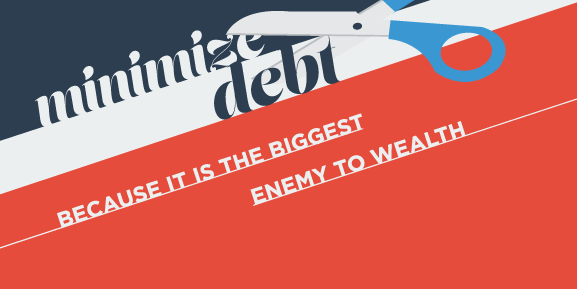
5 Simple Steps to Boost Your Credit Score
- Check Your Credit Report: Know where you stand. Identify errors or negative factors.
- Cut Down Credit Card Balances: Keeping your utilization below 30% (or ideally 10%) can give your score a quick lift.
- Stay Consistent with Payments: Never miss a due date—payment history makes up 35% of your credit score.
- Mix Up Your Credit: Having a combination of credit types can improve your score over time.
- Live Smart, Spend Smarter: Budget wisely. Building financial resilience now prepares you for the unexpected.
Want to Dive Deeper on boosting your credit score?
Check out “Your Score: An Insider’s Secrets to Understanding, Controlling, and Protecting Your Credit Score” by Anthony Davenport. It’s packed with strategies to help you navigate the credit system with confidence. Buy it on Amazon

Ready to Take Control of Your Financial Future?
Improving your credit score isn’t just a financial move—it’s a lifestyle shift. It’s about taking control, making intentional decisions, and setting yourself up for long-term success.
If you’re ready to boost your credit score and take charge of your financial journey, connect with Mark Pinilla for personalized guidance. His expertise can help you design a strategy that fits your goals and gets results.
What’s your biggest challenge with credit? Consistent effort, smart strategies, and expert advice can transform your credit and your financial future. Let’s take that first step together!
#CreditScore #FinancialGrowth #DebtManagement #NAHREP10 #FinancialFreedom #PersonalFinance #CreditRepair #WealthBuilding #SmartSpending #MarkPinilla #Empowerment



